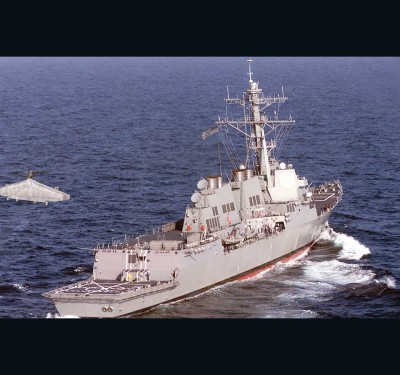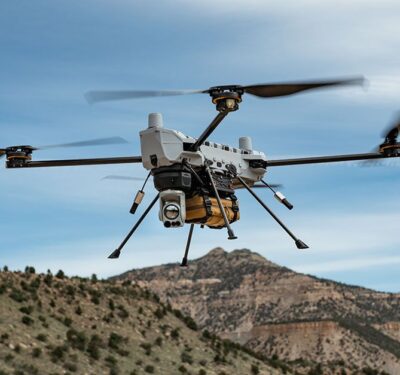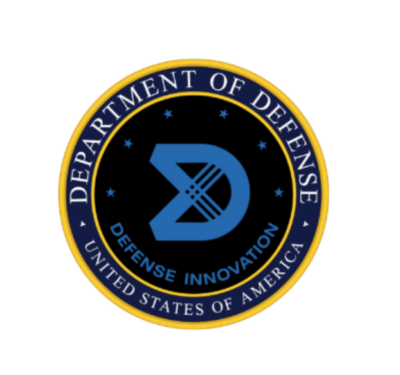In the evolving world of autonomous systems, one phrase is beginning to define the next chapter: predictive autonomy. It is the ability of a system not only to react to a situation but to anticipate future states, understand potential deviations, and guide decision-making accordingly.
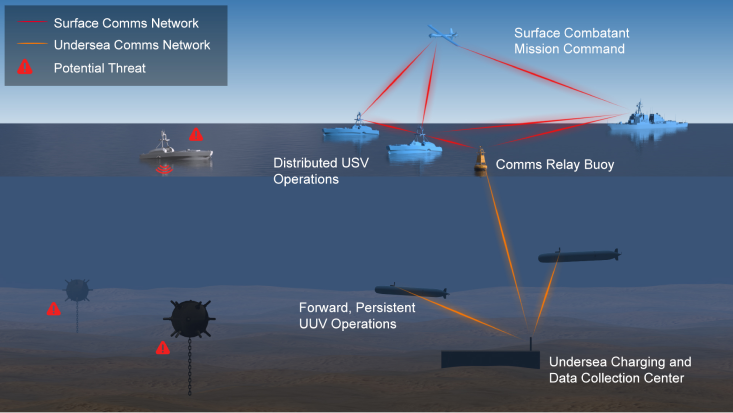
And at the leading edge of this development is Integer Technologies, a defense tech company integrating artificial intelligence with physics-based modeling to bring predictive autonomy to life.
Positioned strategically at the intersection of defense innovation and sophisticated industrial solutions, Integer offers cutting-edge tools designed to significantly enhance real-time decision-making in complex operational scenarios.
Dr. Josh Knight, cofounder and chief operating officer, provided a comprehensive overview of Integer’s unique technological strategies, mission-driven objectives, and real-world implementations of predictive autonomy, highlighting their substantial impact on operational efficiency, reliability and mission success.
ENGINEERING PREDICTIVE AUTONOMY
“We’re building what we call operational decision aids,” Knight said. “These are about enabling better decisions—faster, more confidently—under stress, with a higher degree of resilience. They can be run by people or autonomy.”
Knight’s insight is grounded in years of hands-on experience. With a Ph.D. in naval architecture and marine engineering and a career leading high-impact research for the U.S. Navy and DARPA, Knight has witnessed firsthand the limitations of conventional autonomy: brittle systems with narrow tolerances and minimal flexibility.
“A lot of autonomous systems today are programmed to follow preset instructions,” he said. “But the real world doesn’t work like that. Environments change. Vehicles degrade. Missions evolve. Autonomy has to keep up.”

Integer’s approach, Knight explained, is to combine modern AI tools—including machine learning and elements of large language models—with rigorous physics-derived models. This allows the system to make decisions that aren’t just probabilistic, but physically grounded and operationally viable.
“We believe what sets us apart is our unique way of combining the latest generation of AI models with trusted physics-based models that understand the unbreakable laws of the universe,” Knight said. “You might get powerful insights from data-driven models, but unless those insights are constrained by the physical realities of the mission platform, they may not be useful.”
He continued: “Our predictive autonomy systems provide human operators or autonomous agents with significantly richer situational awareness, predicting future scenarios and recommending actions accordingly.”

Integer is currently applying this technology in several mission-critical settings. In unmanned underwater vehicle (UUV)operations, for example, their software continuously evaluates environmental and mechanical data and can autonomously reroute or reconfigure based on changing conditions. In the energy space, Integer’s tools are helping manage battlefield and industrial microgrids—triggering intelligent load balancing, equipment control, and failure response.
“Even if it’s just looking at what’s happening now, but having awareness of where we think the system is going, that’s already a step-change in capability,” Knight said.
“Imagine naval operators assisted by an AI co-pilot managing a fleet of underwater vehicles over extended periods,” Knight described. “Or a manufacturing supervisor leveraging an AI interface to dynamically optimize equipment settings based on real-time operational data.”
BRIDGING THE VALLEY OF DEATH
Integer’s rise has come in large part from its ability to help transition cutting-edge research into deployable systems—addressing what the defense industry refers to as the “valley of death.” That is, the critical but often fatal gap between proof-of-concept and real-world deployment.
“There’s a considerable amount of groundbreaking research occurring across the country—in universities, small businesses, and national labs,” Knight explained. “But there’s no clear path to maturity. We’ve built our company around addressing that transition.”
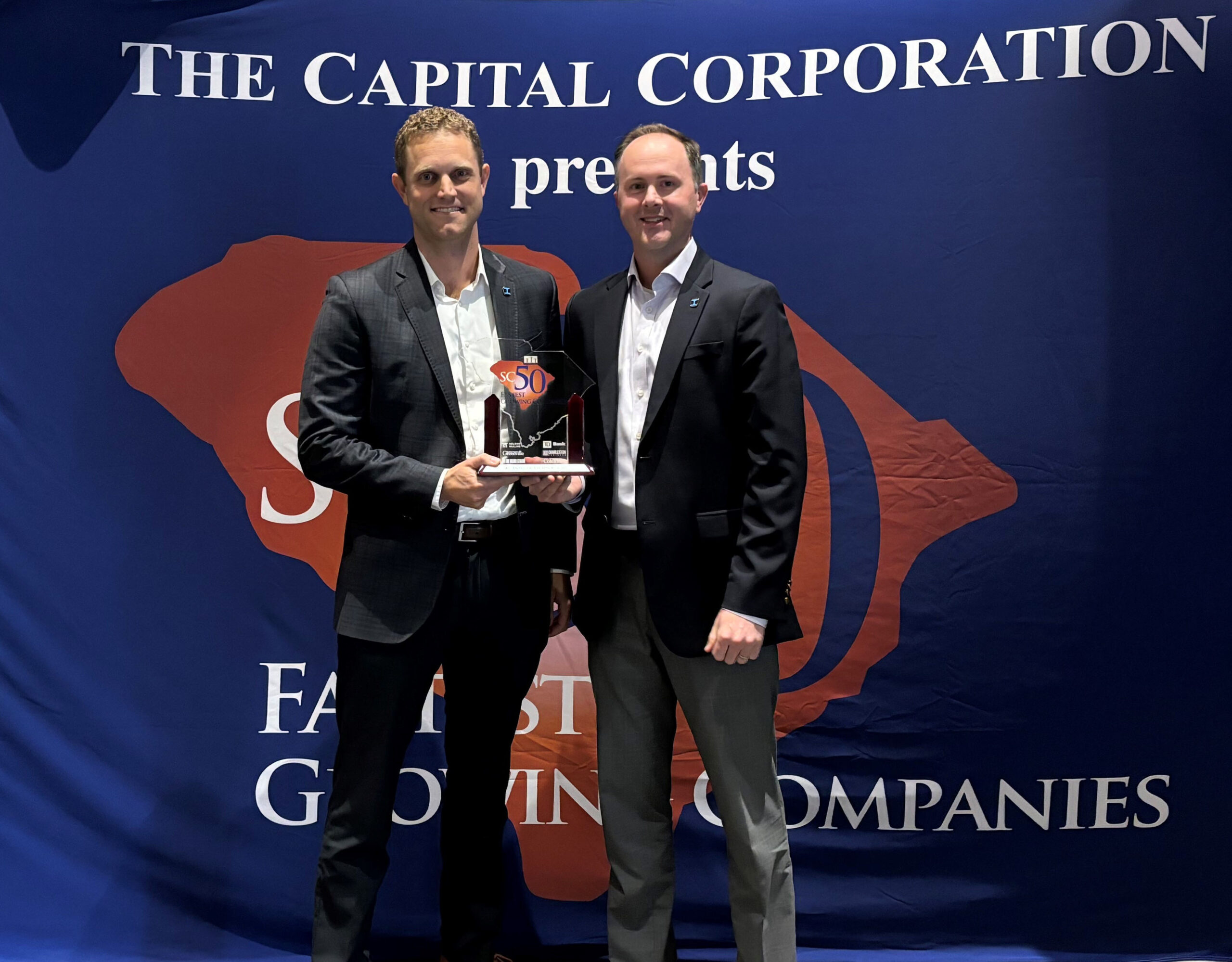
A 2023 RAND Corporation study noted that fewer than 20% of promising DoD-funded R&D efforts actually make it to operational deployment. Integer’s operational decision aids aim to change that by providing military and industrial customers with decision platforms that integrate seamlessly into existing workflows.
This philosophy extends to cybersecurity as well. “Autonomous systems represent a substantial new frontier in cybersecurity,” Knight said. “They’re more complex than IT—they’re embedded into systems that affect the real world. That cyber-physical interface is massive, and it’s a growing attack surface.”
Integer is tackling this through tooling that makes vulnerabilities easier to identify and fix early in the design process. “We’re trying to raise visibility into these threats from the start. That builds in resilience rather than trying to bolt it on later,” Knight said.
“As we integrate more data and intelligence into these platforms, the risks grow,” he added. “Which is why transparency, validation and simplicity are so important. You have to earn the user’s trust.”
REAL-WORLD APPLICATIONS
Integer’s predictive autonomy systems are not limited to one platform type. They’ve been deployed across underwater vehicles, complex power systems, and manufacturing environments.
One illustrative example: UUVs operating in unpredictable ocean currents.
“Currents may be stronger than expected, or the vehicle might sustain some form of damage,” Knight said. “That impacts its energy profile, its navigation path, its ability to complete the mission. Our system doesn’t just detect the anomaly—it recommends adjustments. Change the depth, reroute the path, re-prioritize the payload.”
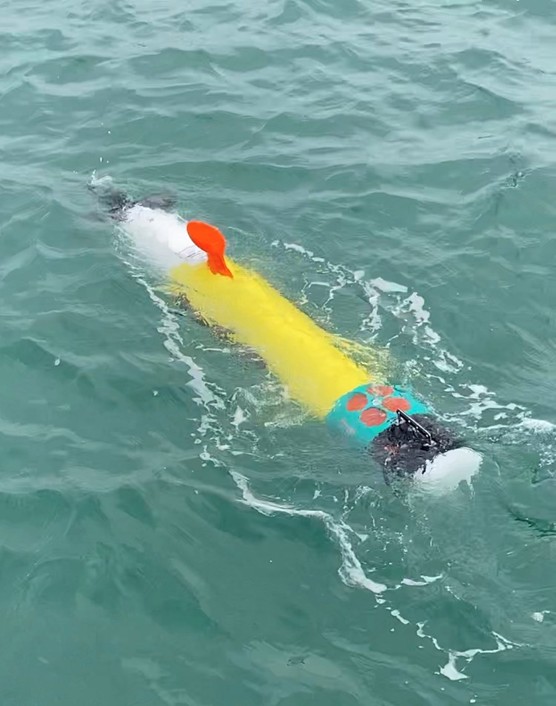
In another domain, Integer’s systems support energy grid management. For military microgrids and industrial power environments, they enable adaptive reconfiguration in response to faults, load imbalances, or fluctuating generation.
“Imagine a supervisor receiving alerts not just that something’s wrong, but exactly what to do—reconfigure these switches, spin up a generator, shed this load,” Knight said. “That’s predictive autonomy in action.”
“We’re building systems that don’t just detect, but suggest courses of action that are grounded in the real-world physics and constraints of the application,” he said. “That’s the bridge between data and action.”
“We design these tools with modularity and user-centered design at the core,” Knight added. “Our interfaces are rapidly customizable and intuitive, so users don’t need deep technical training to interact with them.”
SCALING FOR IMPACT
Building on successful government and defense deployments, Integer is now preparing a commercial platform to make predictive autonomy more broadly accessible.
“Much of the core tech has been validated in real-world defense environments,” Knight said. “Our commercial version will allow customers across industries to develop their own decision aids—modular, scalable, and specific to their needs.”
Knight envisions applications in energy, logistics, robotics, and critical infrastructure. “We’re actively building out our commercial ecosystem to support that transition. If your system involves sensors, data, physical performance, and complex decisions, we can help.”
“Part of what excites us is seeing customers take this capability and adapt it to problems we never would have anticipated,” he said. “That’s when you know it’s scalable.”
Looking ahead, Integer continues to invest in edge processing, modular AI architectures, and tighter coupling between language-based models and physics-grounded engines.
“There’s enormous potential in LLMs [large language models] to interpret context, generate options, and explain decisions,” Knight said. “But they have to be bounded by physical truth. That’s our frontier.”
Integer Technologies may not yet be a household name. But for operators and commanders counting on autonomy to deliver real results in contested, mission-critical environments, their work may soon be indispensable.
“We’re solving for trust,” Knight concluded. “In the end, predictive autonomy is about giving people—or machines—the confidence to act. And to know why they’re doing it.”


